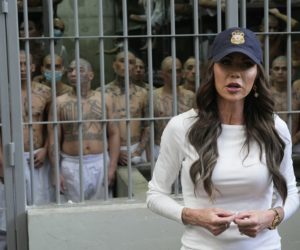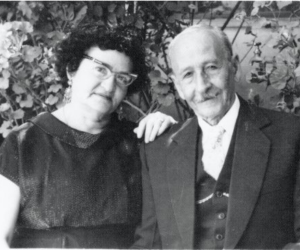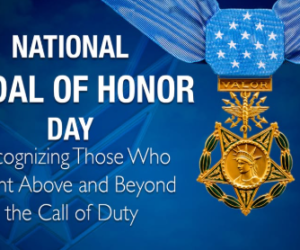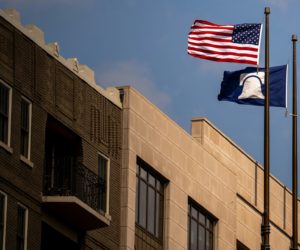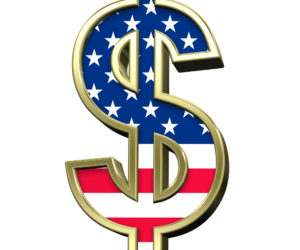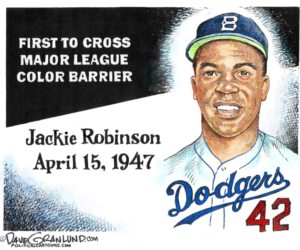
Today we are going to return to the world of Classical Music with Maurice Ravel and his music. Classical music includes not only the giants of the genre, like Bach, Beethoven, Mozart etc but also lesser known musicians like Ravel who did not compose a huge catalog of music but left for those of us who follow, some real gems.
Ravel was born in southern France in a little town by the name of Ciboure. His father was a successful inventor but very French and his mother was Basque, a combination many French looked down upon. Like many children around the world, Ravel took regular piano lessons and eventually was admitted to the famous Conservatory of Paris. Unfortunately, Ravel’s ideas on music did not mesh with the straight laced Classical musicians who taught there. After the first year, Ravel was expelled from the Conservatory. But he caught the bug for composing and even though he was not in tight with the established music world, he wrote numerous pieces for the piano as well as orchestra.
It was during this time that he began friendships with two well known French composers, Claude Debussy and Gabriel Faure who encouraged Ravel to continue to compose regardless of what the critics thought. To that end, here is the first composition of Ravel’s that became popular while he was living.
Notice that there is a definite melody line that holds the entire piece together. But as Ravel’s friendship with Debussy became solid, Ravel entered a musical phase where he tried to create music that was like the Impressionist painters popular at the time like Claude Monet and Henri Matisse. The painting details were fuzzy but it left the mind to bring clarity and focus to the picture or music. In the piece showcase below, Ravel tried to create a picture with music of sunlight bouncing off of water.
To complete the picture of Ravel as a composer there is a link to his best known piece, an orchestral version of Bolero, featured in numerous motion pictures.

